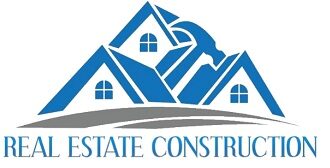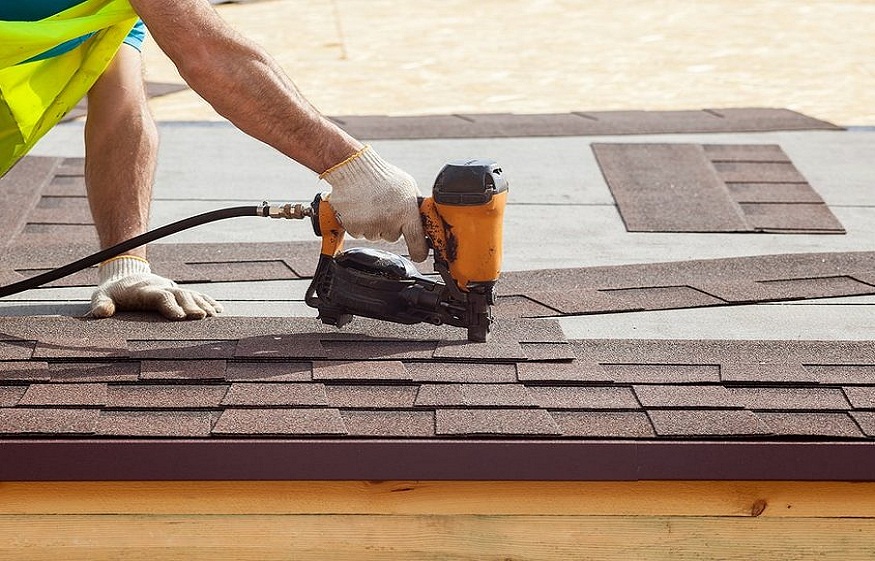The roof is a fundamental element of your home. Its function is to protect the house and its inhabitants from bad weather in a sustainable manner. The construction or renovation work of a roof requires a precise study, and the know-how of a roofer. Ootravaux reminds you of the stages of construction of a roof, which will ensure the success of your project.
The essentials
Whatever the type of roof you are considering, here are the different essential steps that should not be overlooked:
Choosing your roof type: flat roof or traditional roof?
Before starting work, it is essential to choose the type of roof you want. Two options are widely favored today: the pitched roof and the flat roof.
Flat roof: advantages and disadvantages
A flat roof, also called a terrace roof , is distinguished by its low slope, generally between 2 and 15 degrees. Contrary to popular belief, it is never perfectly flat, because a slight slope is necessary for the evacuation of rainwater.
Here are the main characteristics of a flat roof:
Roof support: provides the base of the roof and can be made of concrete, wood or steel.
Insulation: prevents heat loss and ensures interior comfort. Different types of insulation can be used, such as glass wool, rock wool, polystyrene or PIR.
Waterproofing cover : protects the roof from water and ensures its waterproofing. It can be made of different materials, such as bitumen, EPDM, PVC or TPO.
Rainwater drainage: a system of gutters and downspouts allows rainwater to be drained from the roof.
The advantages:
Modernity and design: flat roofs offer a contemporary look and adapt to various architectural styles.
Usable space: the flat surface of the roof can be converted into a terrace, garden or other outdoor space.
Improved thermal insulation: the flat roof configuration allows for more efficient thermal insulation, thus reducing energy consumption.
Solar energy: the flat surface of the flat roof is ideal for installing photovoltaic panels.
The disadvantages:
Installation cost: Building a flat roof can be more expensive than building a pitched roof, due to the complexity of the structure and waterproofing.
Regular maintenance: a flat roof requires regular maintenance to ensure that it is watertight and in good condition.
Risk of water leakage: The waterproofing of a flat roof is crucial, because a water leak can cause significant damage to the structure and interior of the building.
Traditional roofing: the advantages and disadvantages
A traditional roof, also called a pitched roof , is distinguished by its inclined shape, generally between 30 and 60 degrees. This inclination allows for better evacuation of rainwater and snow, and gives the house a certain architectural cachet.
The main characteristics of a traditional roof:
Roof frame: load-bearing element of the roof, generally made of solid wood. It is made up of a frame of trusses, purlins and rafters, assembled using different traditional techniques.
Roofing: protects the frame and the interior of the building from bad weather. It can be made of various materials, such as tiles, slate, sheet metal or thatch.
Roof underlay : waterproof membrane placed between the frame and the roof covering, which protects the frame against humidity.
Gutters and downspouts: they collect and evacuate rainwater from the roof.
The advantages:
Robustness and longevity: traditional wooden frames are known for their strength and durability, being able to last for several centuries.
Aesthetics: the variety of roofing materials (tiles, zinc, etc.) makes it possible to create roofs in a variety of styles, adapting to all types of homes.
Ease of maintenance: traditional roofs are generally easy to maintain and do not require any special cleaning.
Good ventilation: the air space between the frame and the roofing promotes good ventilation of the roof and prevents the accumulation of humidity.


